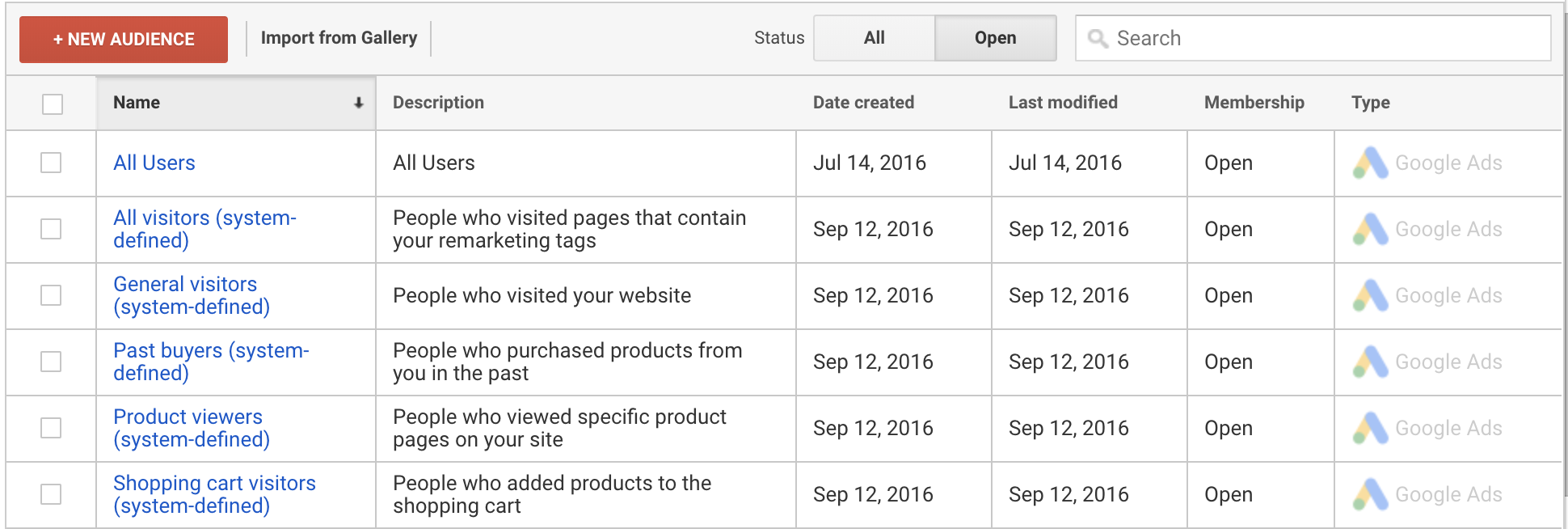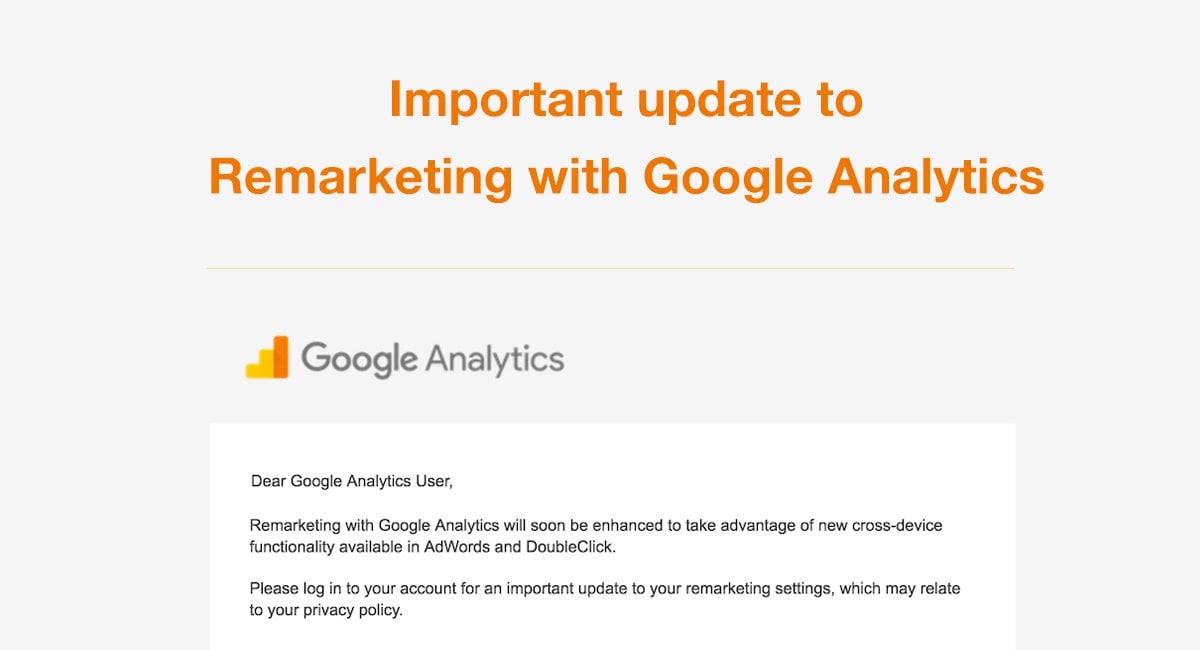Step-by-Step Tutorial: Remarketing In Google Analytics
Optimize Your ROI With Remarketing in Google Analytics
By utilizing the power of user data and tailoring advertisements to particular target market sections, companies can considerably intensify their conversion prices. The journey to taking full advantage of ROI with remarketing is a nuanced course paved with understandings and opportunities that can improve the trajectory of your advertising endeavors.
Comprehending Remarketing in Google Analytics
Recognizing remarketing in Google Analytics is crucial for maximizing your digital advertising and marketing approach. Remarketing enables you to target customers who have previously seen your internet site or engaged with your application, providing them with customized ads as they search other sites or utilize various other apps within the Google Show Network. This strategy assists keep your brand name top of mind and encourages individuals to go back to your website, eventually boosting the possibility of conversion.
By making use of Google Analytics, you can track the efficiency of your remarketing campaigns, acquiring beneficial insights into individual actions, engagement, and conversions. This data enables you to improve your targeting, messaging, and bidding process strategies to improve the general performance of your projects.
Furthermore, understanding the various sorts of remarketing listings offered in Google Analytics, such as common, vibrant, and similar audiences, allows you to create highly segmented and customized campaigns customized to certain individual segments. This degree of granularity can considerably improve the significance and impact of your remarketing efforts, inevitably optimizing your return on financial investment.
Establishing Remarketing Lists
To properly apply remarketing projects in Google Analytics, the first step includes setting up and producing remarketing lists targeting particular customer sections based on their interactions with your website or application. By setting up remarketing lists, you can customize your advertising and marketing initiatives to get to users that have already shown passion in your product and services.
To begin, navigate to the Admin area of your Google Analytics account and choose the Home where you wish to develop the remarketing list. Under the Residential or commercial property column, click on 'Target market Definitions' and select 'Target markets.' Next off, click the red 'New Target market' switch and select 'Create New' to define the specifications for your remarketing list.
Crafting Efficient Remarketing Advertisements

When crafting your advertisements, focus on producing attention-grabbing headings and engaging visuals that attract attention to potential customers. Integrate solid calls-to-action that urge customers to review your website and finish a wanted action. Use dynamic remarketing to show customized ads featuring service or products that customers have actually formerly viewed on your site.
Furthermore, guarantee that your advertisements are mobile-friendly since a significant section of net website traffic originates from mobile gadgets. Examination various advertisement variants to identify which messages and designs drive the most effective outcomes. By continually refining and enhancing your remarketing advertisements based on efficiency information, you can maximize their effectiveness and enhance your return on financial investment.
Analyzing Remarketing Performance

With Google Analytics, marketers can track the efficiency of their remarketing campaigns Recommended Reading in real-time, enabling them to identify fads, patterns, and areas for renovation immediately. By analyzing the information, online marketers can determine which ads are doing well, which target market sections are reacting positively, and which networks are driving one of the most conversions. This degree of granularity makes it possible for marketing professionals to make data-driven decisions to optimize their remarketing projects for much better outcomes.
Optimizing ROI With Remarketing
Assessing remarketing data in Google Analytics makes it possible for online marketers to identify chances for maximizing return on investment (ROI) via strategic adjustments - What Is “Remarketing” In Google Analytics?. To make the most of ROI with remarketing, it is vital to understand the habits of your target market. By analyzing individual communications, such as the web pages they saw, the products they viewed, or the activities they took on your site, you can tailor your remarketing projects extra efficiently
Segmenting your target market based upon their actions allows you to create customized and targeted advertisements that are most likely to resonate with them. By showing appropriate advertisements to details sectors of your target market, you can boost the opportunities of conversion and inevitably boost your ROI.
Furthermore, testing different ad creatives, messaging, and offers can assist determine what reverberates ideal with your target market. go to the website A/B screening permits you to explore different components of your ads to identify what drives the highest interaction and conversion prices.
Verdict
Finally, optimizing ROI with remarketing in Google Analytics needs a calculated strategy to examining user habits, segmenting target markets, producing tailored ads, and maximizing project performance. By leveraging data-driven insights and evaluating different strategies, organizations can boost their remarketing efforts to drive higher interaction and conversion rates. This systematic approach makes certain that resources are efficiently designated in the direction of maximizing rois in remarketing campaigns.
Next off, click on the red 'New Target market' button and select 'Develop New' to define the criteria for your remarketing listing.
By continuously refining and maximizing your remarketing ads based on efficiency data, you can optimize their efficiency and improve your return on financial investment.
By delving right into these insights, marketers can obtain an Learn More Here extensive understanding of how their remarketing initiatives are resonating with their target audience and driving conversions. To make the most of ROI with remarketing, it is crucial to comprehend the behavior of your audience.In conclusion, maximizing ROI with remarketing in Google Analytics requires a tactical strategy to evaluating customer behavior, segmenting audiences, developing tailored advertisements, and maximizing campaign efficiency.